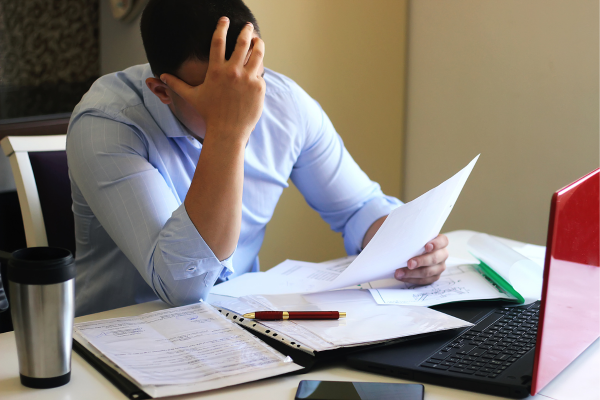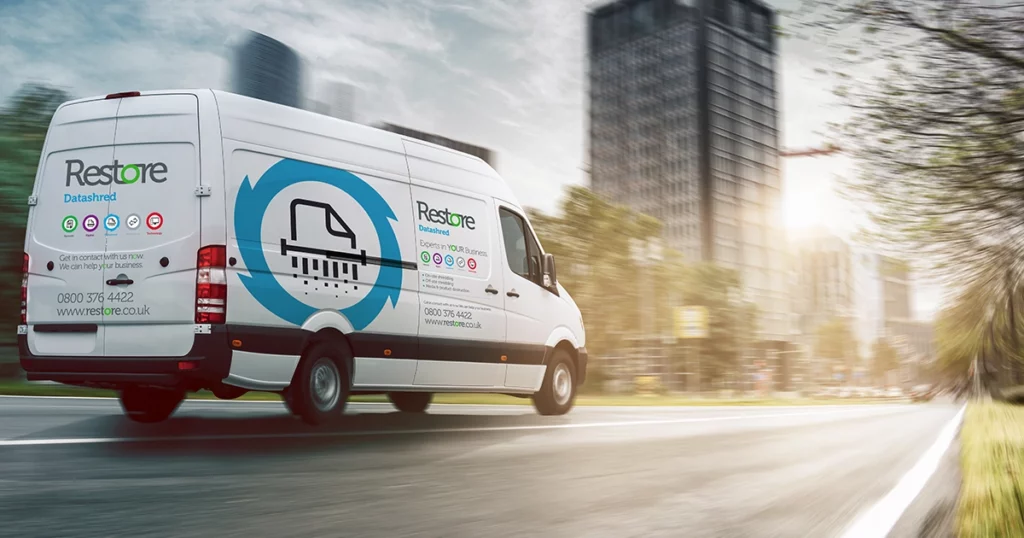Food waste is possibly the most pressing recycling problem facing both households and businesses in the UK. Tons of leftovers, peelings, and expired fruit and vegetables are scraped from plates or taken off the shelf and put into the bin every single day. But rather than heading straight to landfill, the majority of it can be recycled. This is where food waste recycling comes in. By redirecting organic waste to properly managed processes, we can produce renewable energy, produce sustainable fertiliser, and reduce the pressure on our environment.
Join us as we break down how food waste is recycled, explain the food recycling process, and walk you through what occurs to food waste recycling once it’s left in your caddy or collection bin. We will also explore the benefits of food waste as far as recycling, legislation, and why it matters to the future of homes and businesses.
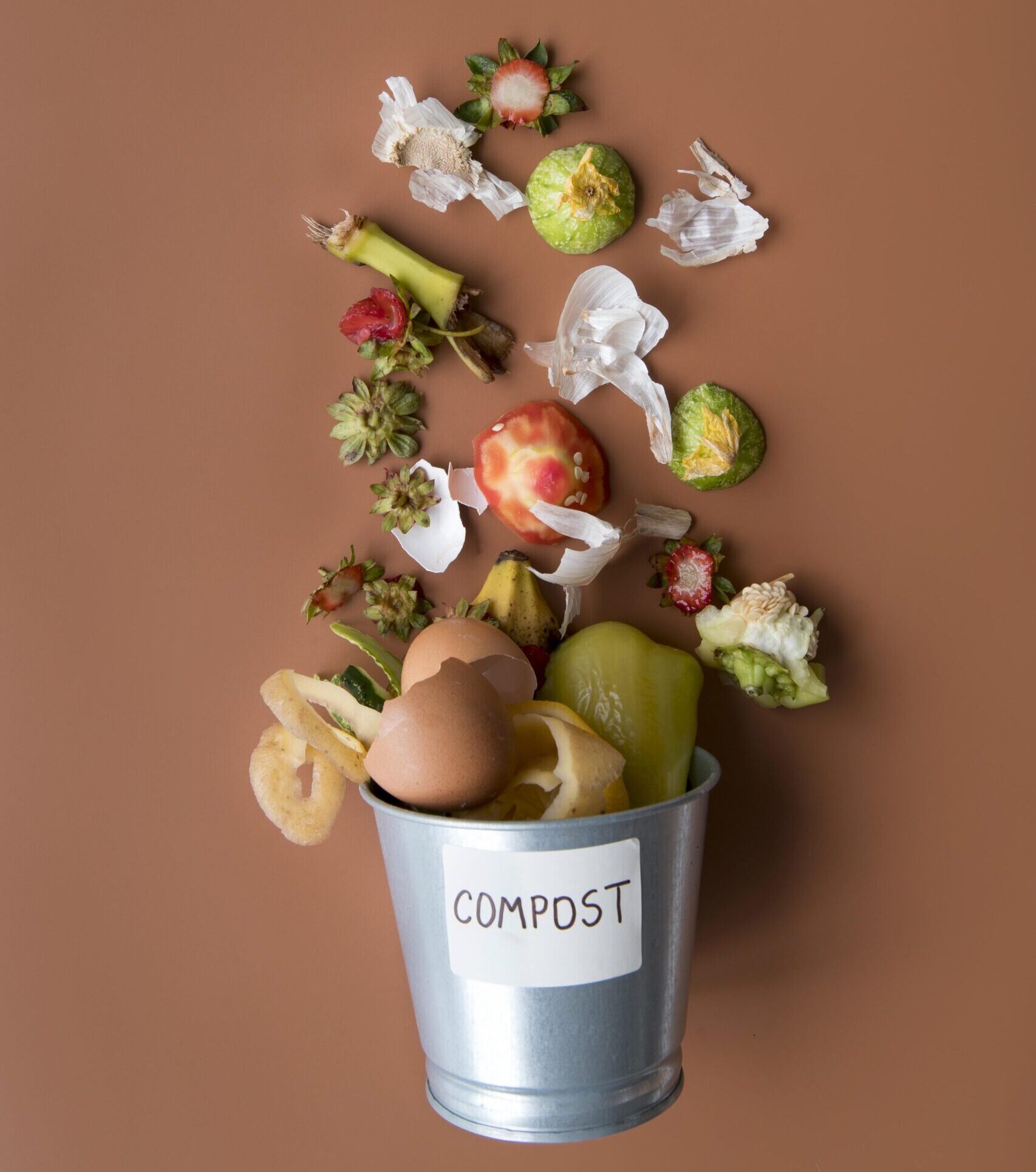
The scale of the food waste problem
According to WRAP (Waste and Resources Action Programme), the UK produces millions of tonnes of food waste every year. Of that, 71% comes from households and the rest from businesses like restaurants, retailers, and manufacturers, according to WRAP 2023. The financial impact is staggering; food waste is estimated to be worth over £22.3 billion annually. Environmentally, the effects are even worse. When food goes bad in landfills, it releases methane, a greenhouse gas with 25 times the warming potential of carbon dioxide, according to the UK Government.
On the other hand, recycling food waste can make a big difference. Saving one tonne of food waste from going to landfill can prevent tonnes of CO₂ emissions being released into the air. Why then should food waste be recycled? Because there is such a huge environmental and social benefit, from fighting climate change to supporting a circular economy.
How is food waste recycled?

Households typically use small food caddies, while businesses receive specially designed bins from their waste contractor. With our food waste recycling services, bins are provided, and flexible collection arrangements are made to make leftover separation from general rubbish easier. The food waste is transported to a treatment or transfer site after it has been collected.

Households typically use small food caddies, while businesses receive specially designed bins from their waste contractor. With our food waste recycling services, bins are provided, and flexible collection arrangements are made to make leftover separation from general rubbish easier. The food waste is transported to a treatment or transfer site after it has been collected.

Most food waste in the UK is treated using anaerobic digestion (AD). This is a process of feeding the waste into sealed, oxygen-free tanks where microorganisms naturally occurring within them digest it. As the waste is digested, it produces biogas, a combination of methane and carbon dioxide, and a nutrient-dense digestate.

So, what can food waste be recycled into? One of the biggest outputs is green energy. Biogas can be used to generate electricity and heat, or upgraded to biomethane for grid or transport fuel. In Bristol, for example, food waste sent to the GENeco plant is powering homes and businesses.

The anaerobic digestion of solid waste, or digestate or “cake,” as it is also called, contains nutrients. This bio-fertiliser is sprayed on arable land as a green substitute for chemical fertilisers. Later on, this gives rise to new crops, and the cycle is sealed in the circular economy.
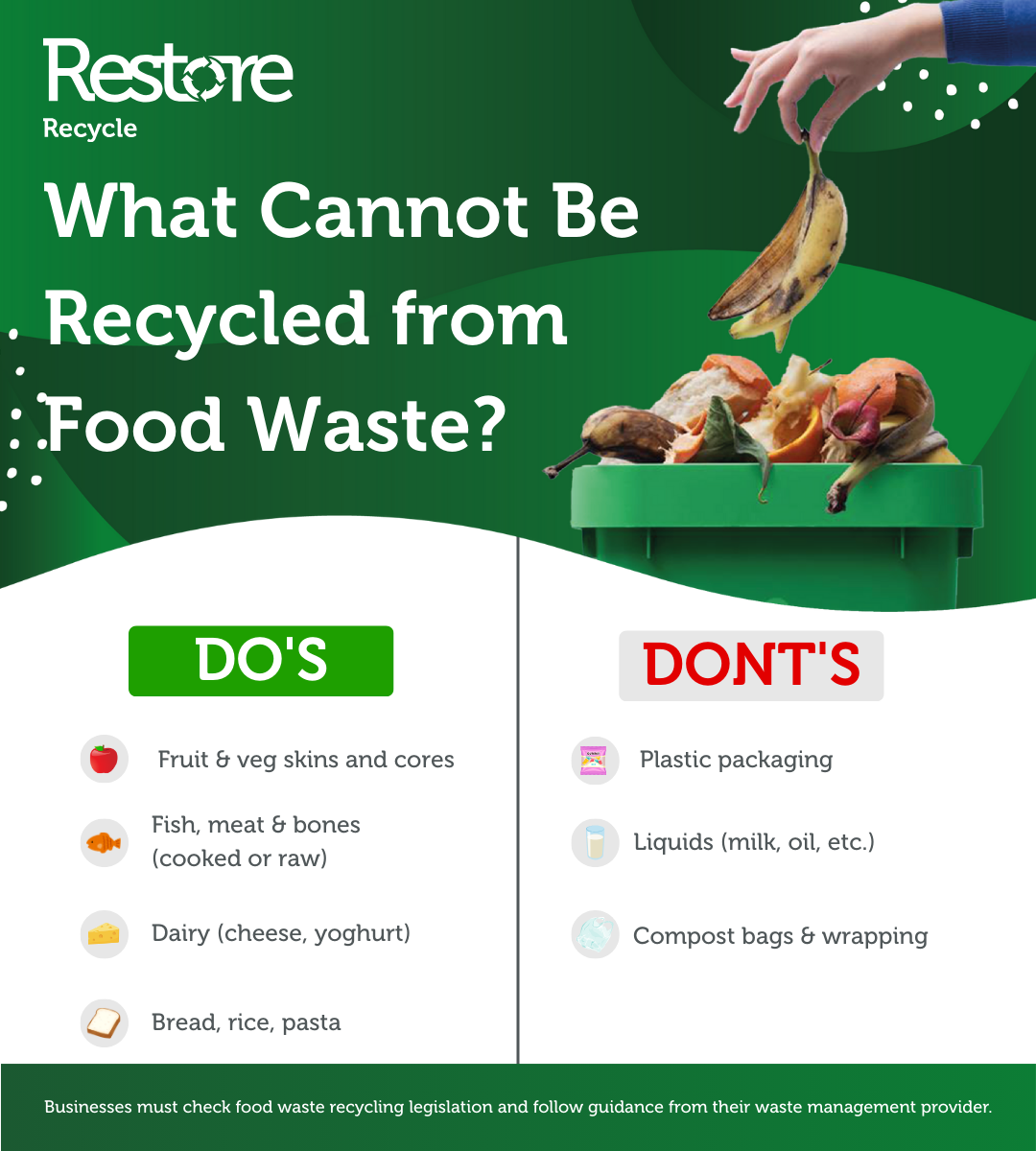
What cannot be recycled from food waste?
The majority of food waste can be disposed of in your recycling caddy, but there are exceptions. Due to the potential for contamination, items such as packaging, plastics, glass, and liquids such as cooking oil should not go into food waste bins. Compostable liners are also a problem since they do not break down easily when undergoing anaerobic digestion.
If you’ve ever wondered what happens to recycled food waste once it leaves your caddy, the answer depends on local facilities. In most cases, it undergoes anaerobic digestion or in-vessel composting. The outcomes, however, are consistent: renewable energy, bio-fertiliser, and reduced emissions. In Bedfordshire, for instance, waste is turned into electricity and fertiliser.
Eventually, what happens to the food waste from recycling is that it is a valuable resource rather than a toxic contaminant.
Benefits of recycling food waste
Environmental benefits and cost savings are the advantages of food waste recycling. Some of the more apparent benefits include:
1. Greenhouse gas emission reduction
Food waste in landfills breaks down and emits methane. Converting food waste into biogas captures that methane for productive energy, lowering emissions by a huge margin.

2. Generation of renewable energy
Anaerobic digestion biogas can be used to fuel homes, businesses, and even vehicles. The UK government says anaerobic digestion already produces enough power to warm hundreds of thousands of homes.

3. Supporting sustainable agriculture
Digestate provides farmers with an environmentally friendly, nutrient-rich fertiliser as opposed to relying on chemical alternatives, which are not friendly to the environment.

4. Cost savings
For businesses, recycling food waste is cheaper than sending it to general waste, which attracts higher disposal fees.

5. Being compliant
With easier recycling laws being implemented, it becomes a legal obligation for businesses to separate food waste. Being compliant keeps you out of trouble by not incurring any fines and makes you appear more eco-friendly.

Food waste recycling and law
There are specific provisions in the UK regarding the management of food waste. The legislation on food waste recycling is designed to render industry and domestic residences more accountable for the volume of waste they generate. Some of the regulations are:
- Simplified Recycling Law (England): Since April 2025, businesses in the UK with more than 10 full-time employees must sort food waste from total waste streams.
- Animal By-Products (ABP) Regulations: Food waste containing meat, fish, or dairy products must be treated in licensed treatment plants.
- Waste Hierarchy Guidance: UK law requires companies to employ the waste hierarchy, prevention, reuse, recycling, recovery, and disposal, when dealing with food and drink material (UK Government).
Compliance, sustainability, and reputation management become necessary through obedience to such laws.
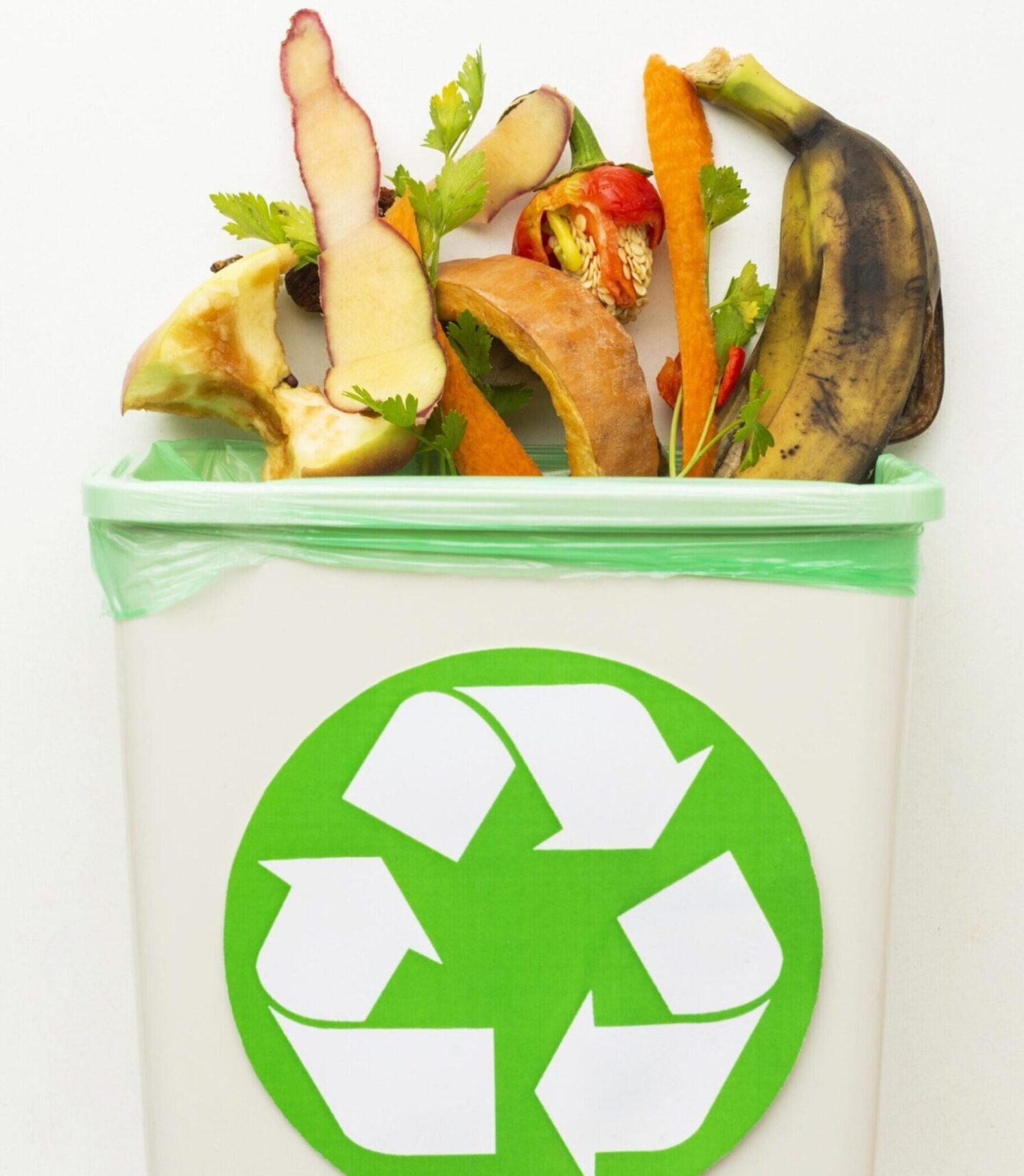
Future of food waste recycling
As there is greater demand for renewable energy and increasing pressure to reduce carbon emissions, food waste recycling will have an even larger role to play in the UK’s sustainability agenda. Advanced anaerobic digestion plants are being constructed to get more energy out of waste, as new technologies such as biogas-driven buses and biomethane heating systems are becoming more popular.
At the same time, councils and waste operators are putting money into better infrastructure to make recycling more available. Increased use of individual food waste collections, clearer labelling of what can and cannot be recycled and tougher enforcement of food waste recycling law will all contribute to closing the loop.
For businesses, that means the potential to be at the forefront of sustainability by adopting open waste management policies. For individuals, it offers the chance to make small but valuable contributions towards national climate goals.
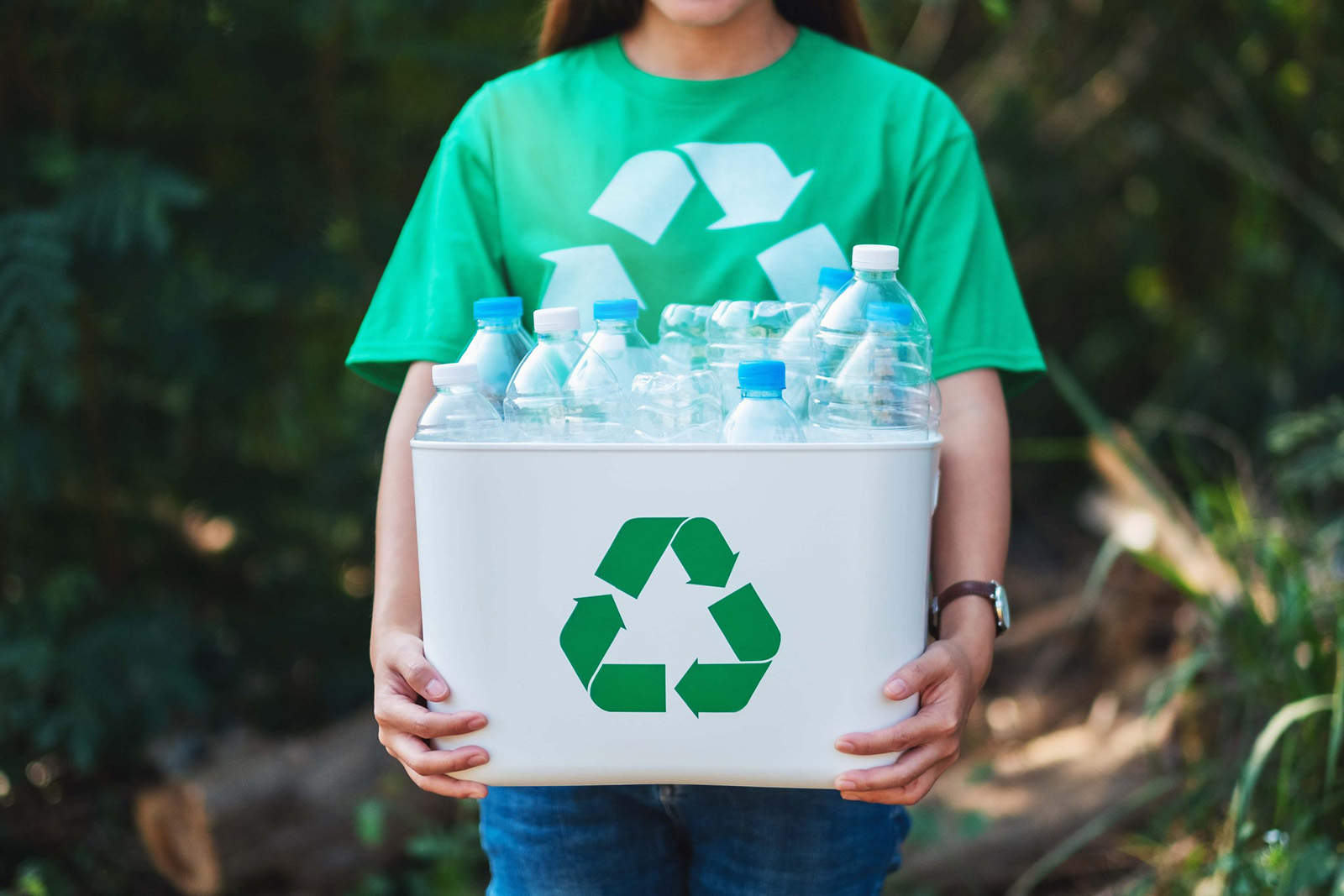
Let Us Help with Your Recycling
Instead of ending up in landfills and producing toxic gases, waste food is turned into fertiliser and energy through food waste recycling. Through either anaerobic digestion plants or specialist facilities, the kitchen bin-to-renewable source cycle is a powerful illustration of the circular economy. So, the next time you scrape leftovers into your food caddy, remember this: that waste isn’t wasted. It’s getting a second life, one that benefits the environment, the economy, and future generations.
Our complete recycling servicesIf you’re disposing of confidential information learn more about our secure services:
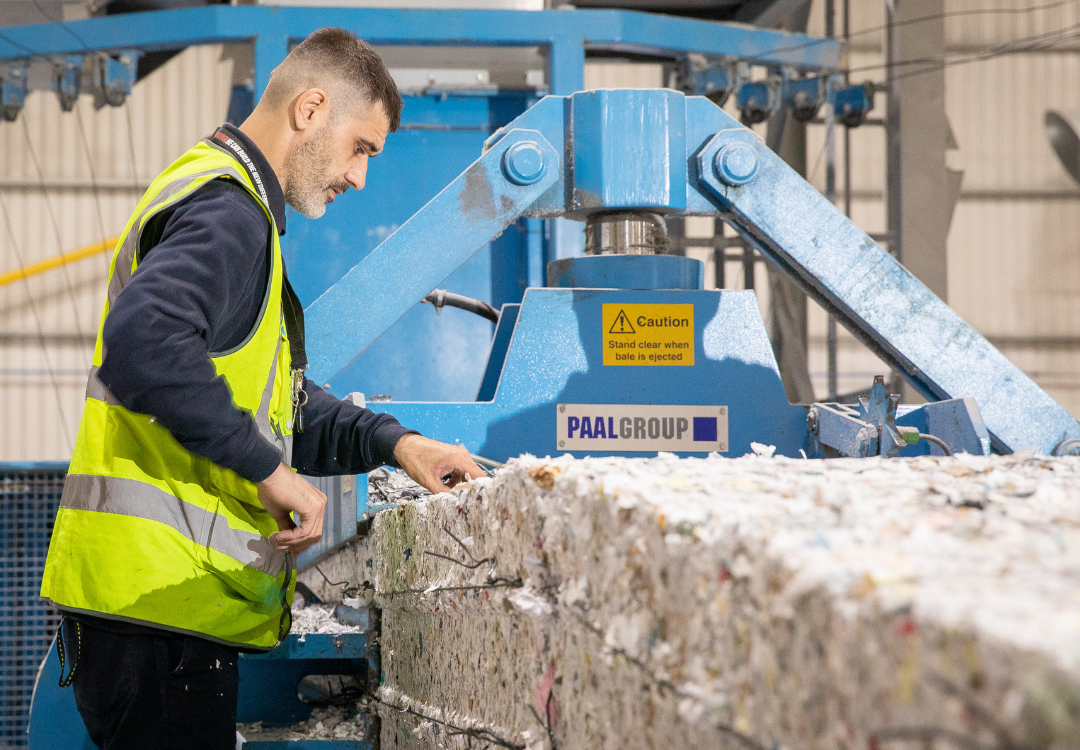
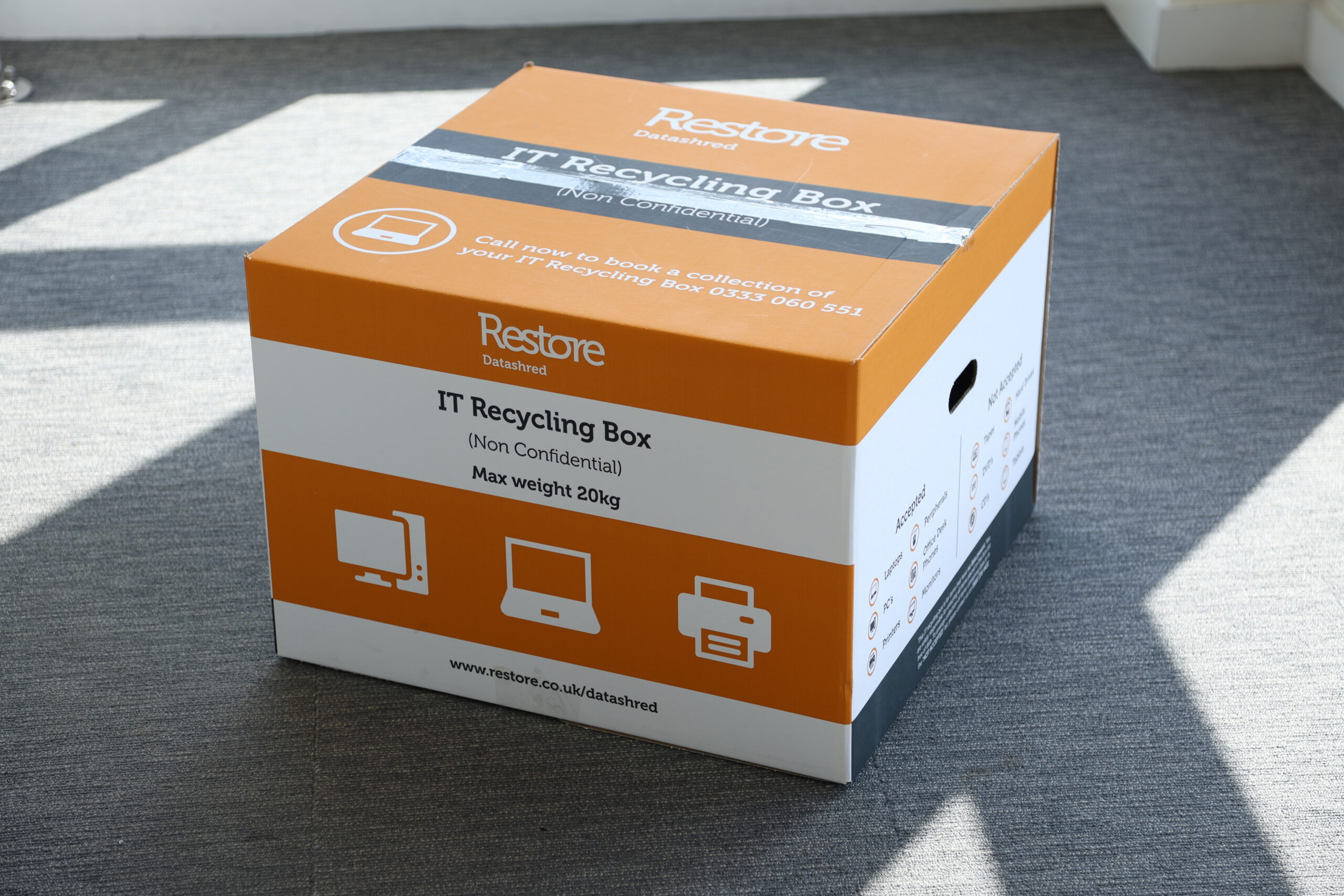
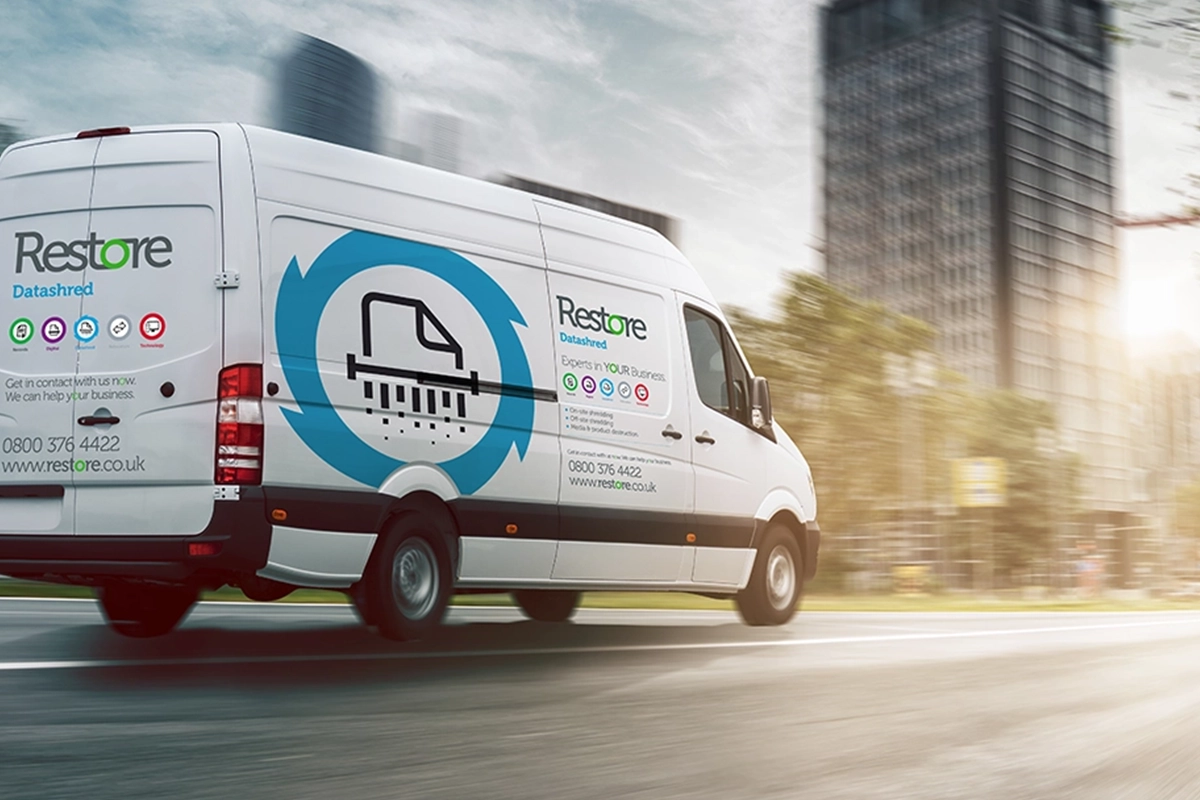
 Customer Login
Customer Login

